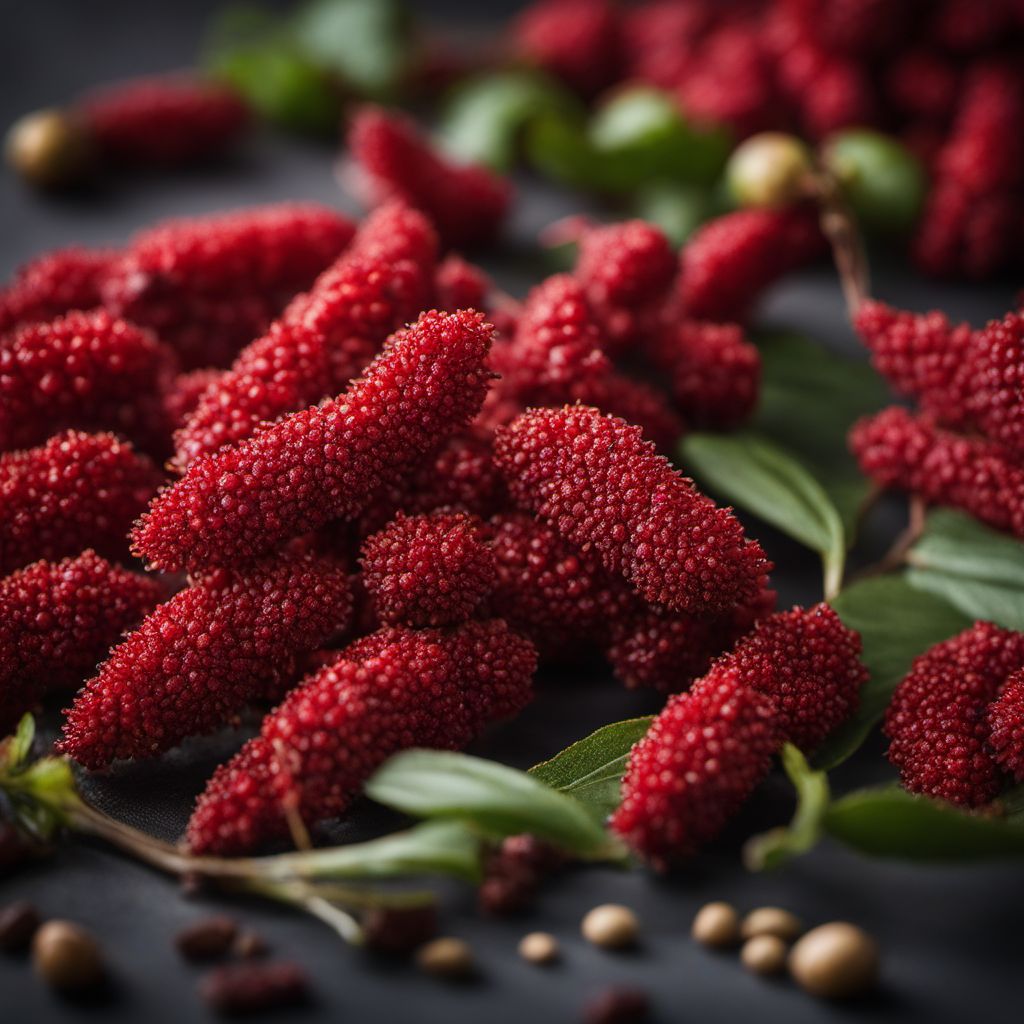
Ingredient
Sumac fruit
The Tangy Jewel: Unveiling the Secrets of Sumac Fruit
Sumac fruit, derived from the sumac shrub, is a small, deep red berry with a tart and tangy taste. It is ground into a coarse powder, which has a vibrant red color and a slightly sour flavor. The powder is often used as a seasoning or garnish to enhance the taste of various dishes. Sumac has a coarse texture and its appearance adds a pop of color to any dish it is sprinkled on.
Origins and history
Sumac fruit has a rich history dating back to ancient times. It is believed to have originated in the Mediterranean region and has been used in Middle Eastern and Mediterranean cuisines for centuries. Sumac was highly valued by ancient civilizations for its medicinal properties and was also used as a dye for textiles.
Nutritional information
Sumac fruit is a good source of antioxidants, vitamins, and minerals. It is low in calories and fat, making it a healthy addition to meals.
Allergens
There are no known allergens associated with sumac fruit.
How to select
When selecting sumac fruit, look for a vibrant red color and avoid any signs of moisture or clumping. It is best to purchase sumac from reputable sources to ensure freshness and quality.
Storage recommendations
To maintain the freshness of sumac fruit, store it in an airtight container in a cool, dark place. Properly stored, it can retain its flavor for up to a year.
How to produce
Sumac shrubs can be grown in home gardens or pots. They require well-drained soil and full sun exposure. The berries can be harvested when they turn a deep red color and then dried and ground into a powder.
Preparation tips
Sumac can be used as a seasoning for meats, salads, dips, and roasted vegetables. Sprinkle it over dishes just before serving to add a tangy kick. It can also be used as a substitute for lemon juice or vinegar in recipes. Experiment with sumac in marinades, dressings, and spice blends to elevate the flavor of your dishes.
Substitutions
If sumac is not available, a suitable substitute can be a combination of lemon zest and salt, which can mimic its tangy flavor.
Culinary uses
Sumac is commonly used in Middle Eastern and Mediterranean cuisines. It is a key ingredient in dishes such as fattoush salad, za'atar spice blend, and kebabs. It can also be sprinkled over hummus, roasted vegetables, or grilled meats to add a tangy and vibrant flavor.
Availability
Sumac is commonly available in Middle Eastern markets and specialty stores. It is also cultivated in countries such as Turkey, Iran, and Lebanon.
More ingredients from this category

Brazilian pepper fruit
The Fiery Jewel: Brazilian Pepper Fruit

Cubeb fruit
The Exotic Spice: Cubeb Fruit

Pink pepper fruit
The Fiery Elixir

Peppercorn (black, green and white)
Exploring the World of Peppercorns

Long pepper fruit
The Exotic Spice: Long Pepper

Grain of paradise fruit
"The Exotic Spice: Unveiling the Alluring Flavors of Grain of Paradise"

West African pepper fruit
The Fiery Spice of West Africa
Recipes using Sumac fruit » Browse all

Tas Kebabı with a Twist
Savory Delight: A Modern Twist on Traditional Tas Kebabı

Azerbaijani-style Herb Salad (Yarpaq Salati)
Aromatic Herb Salad with Azerbaijani Flair
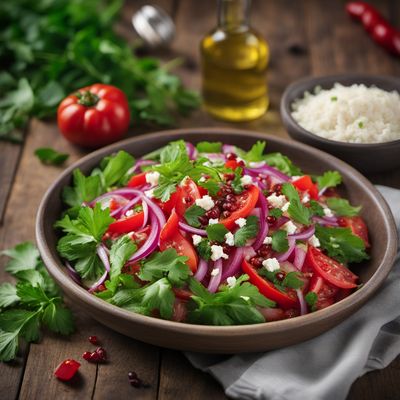
Eastern Arabian Twist on Shopska Salad
Arabian Delight Salad: A Fusion of Flavors

Turkish-style Griebenschmalz
Crispy Delight: Turkish-inspired Griebenschmalz
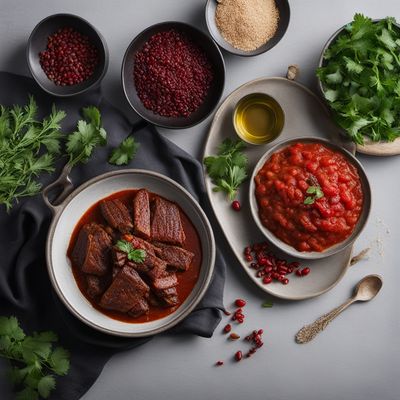
Iranian-style Grilled Beef with Spiced Tomato Sauce
Persian Delight: Grilled Beef in Fragrant Tomato Sauce

Tacos al Pastor with an Arab Twist
Shawarma Tacos: A Fusion of Mexican and Arab Flavors

Turkish-style Kimchi
Spicy and Tangy Turkish Kimchi Delight
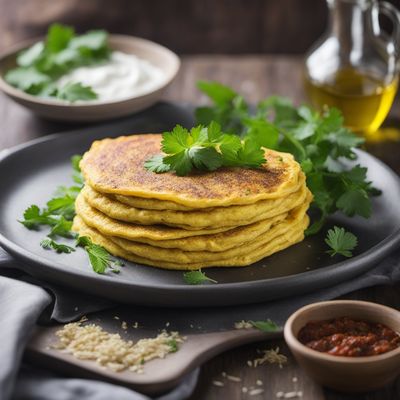
Ros Omelet with a Persian Twist
Persian Delight: Ros Omelet Infused with Exotic Flavors

Turkish-Style Caesar Salad
Sultan's Delight: Turkish-Inspired Caesar Salad
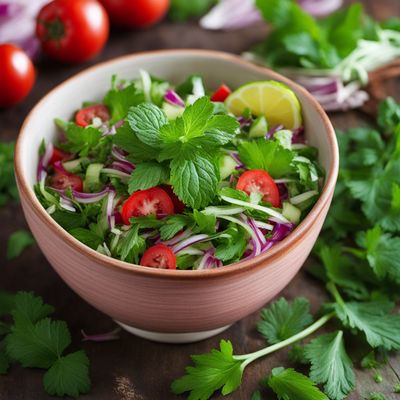
Shirazi Salad Recipe
Refreshing Persian Cucumber and Tomato Salad

Homemade Turkish Manti with Yogurt Sauce
Savory Delights: Turkish Manti - A Taste of Tradition

Spicy Glass Noodle Salad with Middle Eastern Flavors
Fiery Vermicelli Salad with a Jordanian Twist